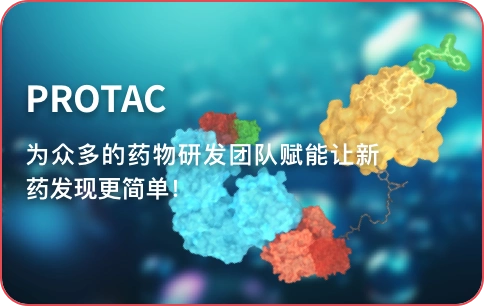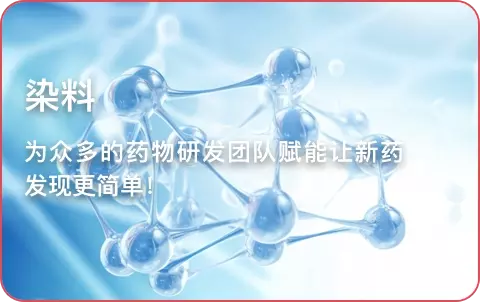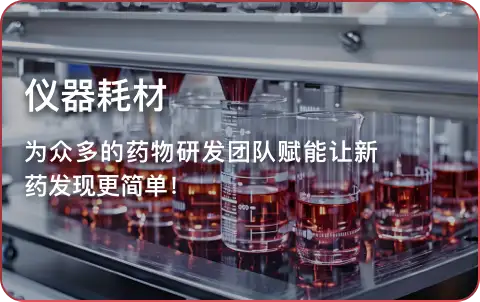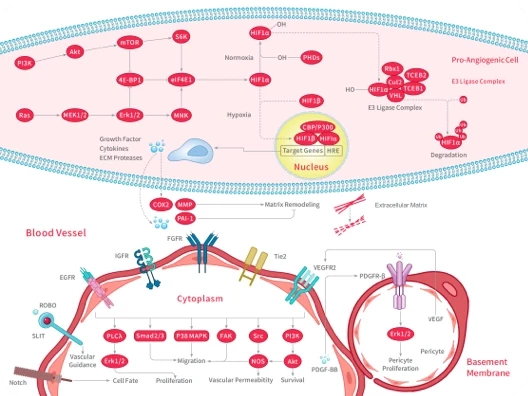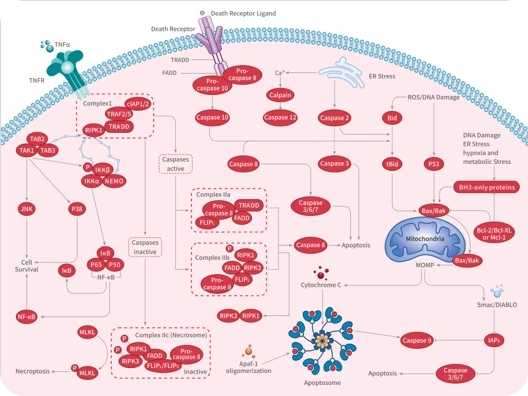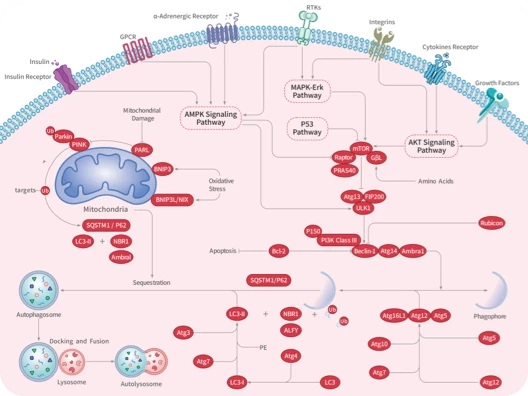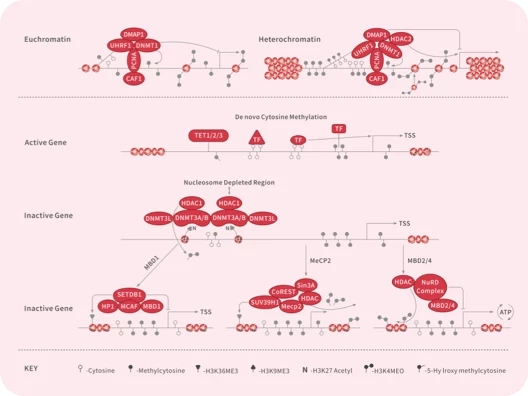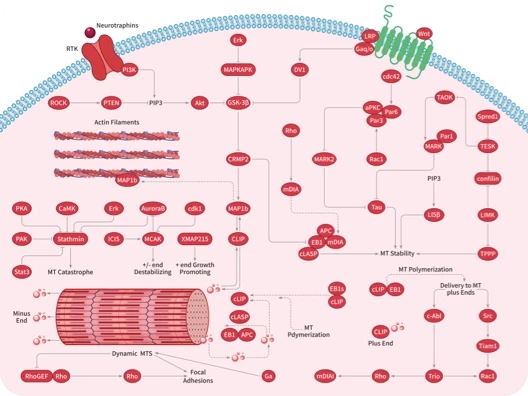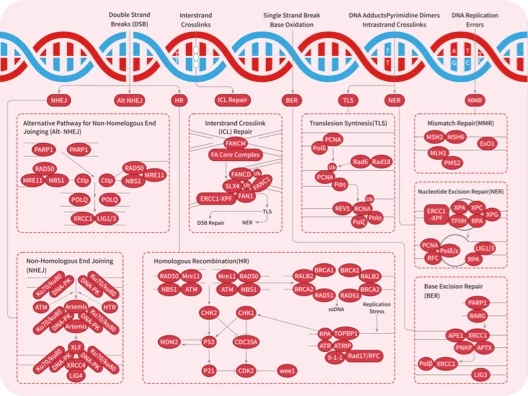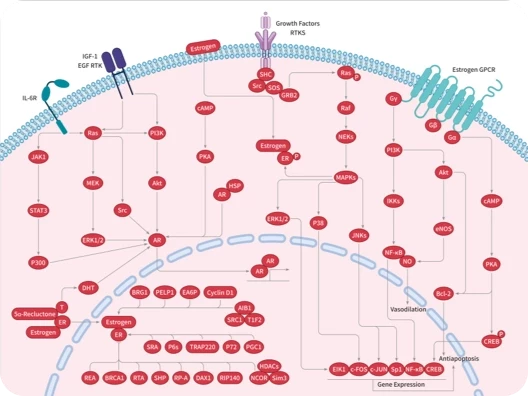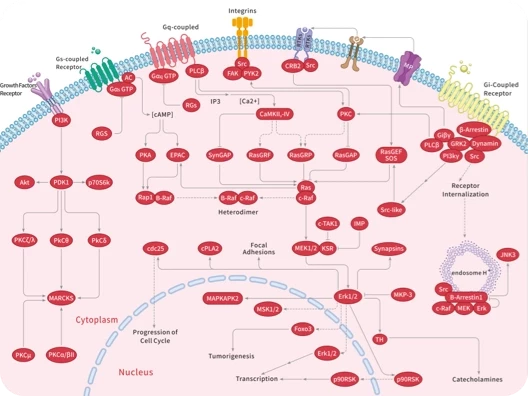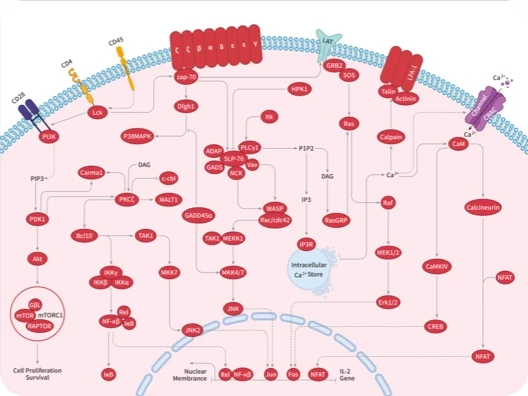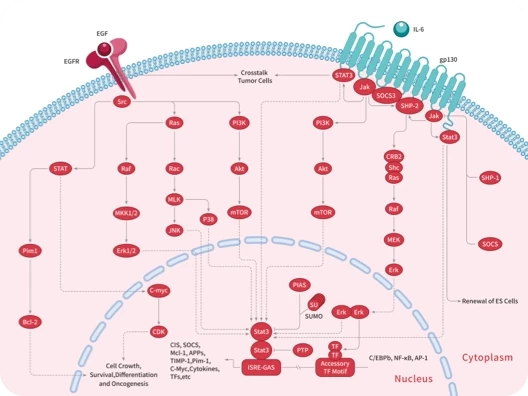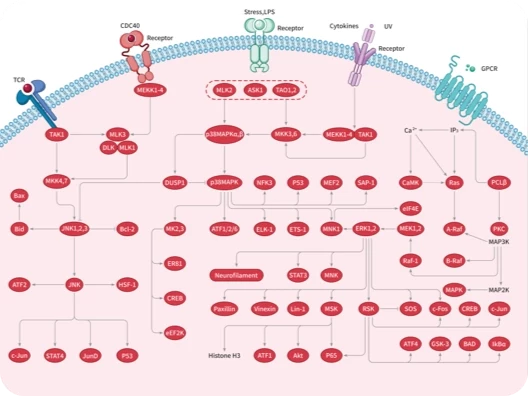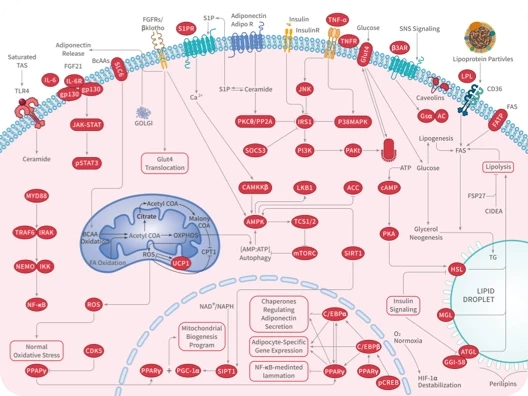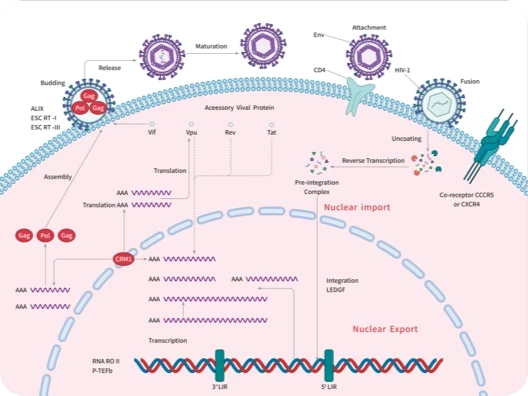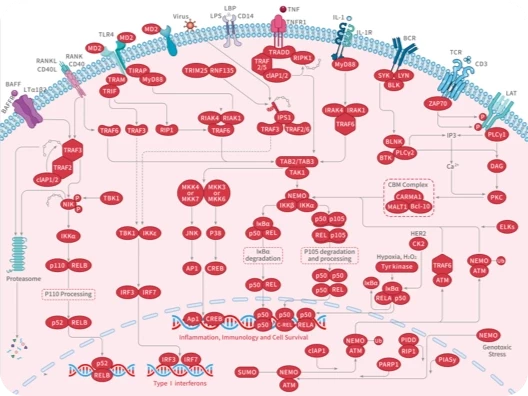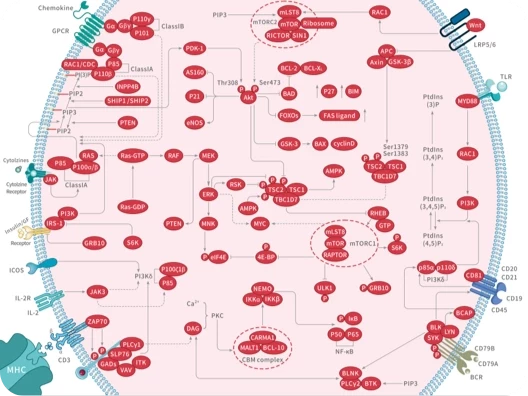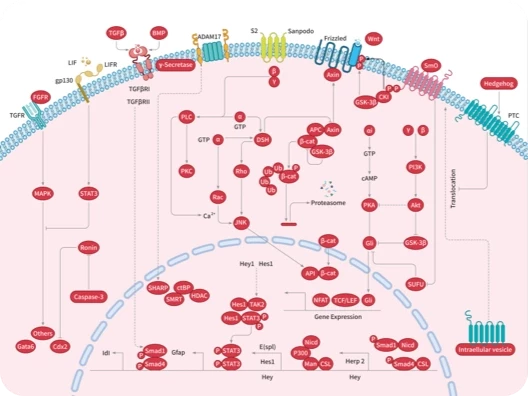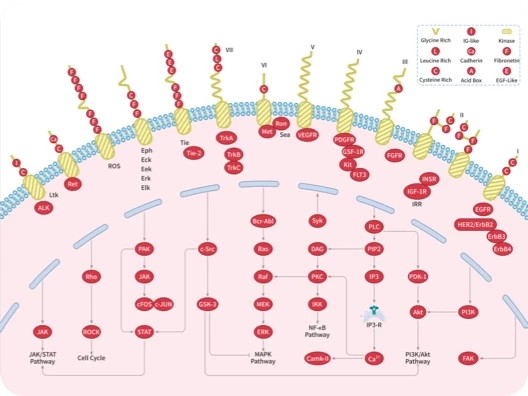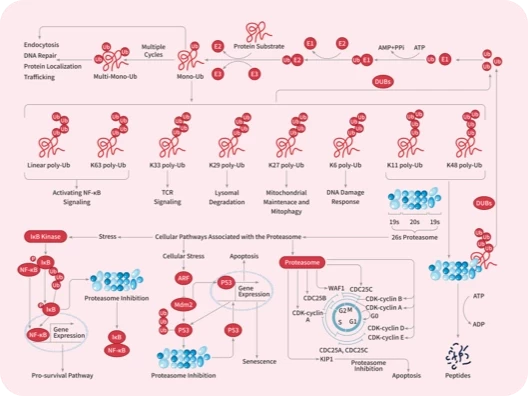- 全部删除
 您的购物车当前为空
您的购物车当前为空
购物车
SR-BI/SCARB1 Protein, Human, Recombinant (hFc)
产品编号 TMPY-05498
SR-BI/SCARB1 Protein, Human, Recombinant (hFc) is expressed in HEK293 mammalian cells with hFc tag. The predicted molecular weight is 73.4 kDa and the accession number is Q8WTV0-5.
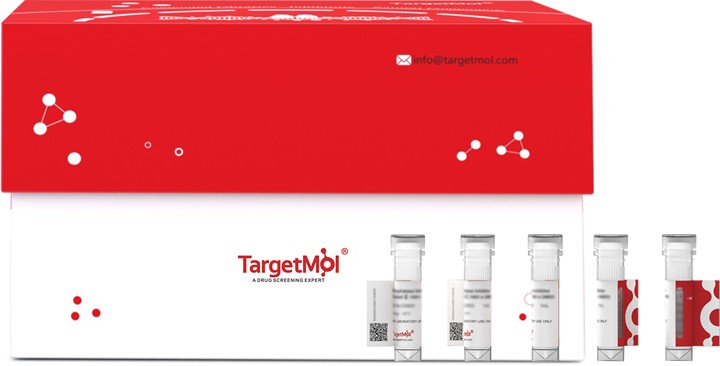
SR-BI/SCARB1 Protein, Human, Recombinant (hFc)
产品编号 TMPY-05498
SR-BI/SCARB1 Protein, Human, Recombinant (hFc) is expressed in HEK293 mammalian cells with hFc tag. The predicted molecular weight is 73.4 kDa and the accession number is Q8WTV0-5.
| 规格 | 价格 | 库存 | 数量 |
|---|---|---|---|
| 100 μg | ¥ 3,170 | 5日内发货 |
大包装 & 定制
加入购物车
TargetMol 的所有产品仅用作科学研究或药证申报,不能被用于人体,我们不向个人提供产品和服务。请您遵守承诺用途,不得违反法律法规规定用于任何其他用途。
资源下载
产品信息
| 生物活性 | Activity testing is in progress. It is theoretically active, but we cannot guarantee it. If you require protein activity, we recommend choosing the eukaryotic expression version first. |
| 产品描述 | SR-BI/SCARB1 Protein, Human, Recombinant (hFc) is expressed in HEK293 mammalian cells with hFc tag. The predicted molecular weight is 73.4 kDa and the accession number is Q8WTV0-5. |
| 种属 | Human |
| 表达系统 | HEK293 Cells |
| 标签 | C-hFc |
| 蛋白编号 | Q8WTV0-5 |
| 别名 | SR-BI,SRB1,scavenger receptor class B, member 1,HDLQTL6,CLA-1,CLA1,CD36L1 |
| 蛋白构建 | A DNA sequence encoding the human SCARB1 ( NP_001076428.1) (Pro33-Tyr443) was expressed with the Fc region of human IgG1 at the C-terminus. Predicted N terminal: Pro 33 |
| 蛋白纯度 | > 90 % as determined by SDS-PAGE. |
| 分子量 | 73.4 kDa (predicted) |
| 内毒素 | < 1.0 EU/μg of the protein as determined by the LAL method. |
| 缓冲液 | Lyophilized from a solution filtered through a 0.22 μm filter, containing PBS, pH 7.4. Typically, a mixture containing 5% to 8% trehalose, mannitol, and 0.01% Tween 80 is incorporated as a protective agent before lyophilization. |
| 复溶方法 | A Certificate of Analysis (CoA) containing reconstitution instructions is included with the products. Please refer to the CoA for detailed information. |
| 存储 | It is recommended to store recombinant proteins at -20°C to -80°C for future use. Lyophilized powders can be stably stored for over 12 months, while liquid products can be stored for 6-12 months at -80°C. For reconstituted protein solutions, the solution can be stored at -20°C to -80°C for at least 3 months. Please avoid multiple freeze-thaw cycles and store products in aliquots. |
| 运输方式 | In general, Lyophilized powders are shipping with blue ice. |
| 研究背景 | Scavenger receptor class B, member 1 (SCARB1), also known as CD36L1, is a member of the scavenger receptor family. SCARB1 is expressed primarily in liver and non placental steroidogenic tissues, and predominantly localized to cholesterol and sphingomyelin-enriched domains within the plasma membrane. SCARB1 is proposed as a receptor for different ligands such as phospholipids, cholesterol ester, lipoproteins, phosphatidylserine and apoptotic cells, and is involved in a wide variety of physilogical processes. As a key component in the reverse cholesterol transport pathway, SCARB1 binds high density lipoproteins (HDLs) and mediates selective cholesterol uptake by a mechanism distinct from the LDL pathway. High density lipoproteins (HDLs) play a critical role in cholesterol metabolism and their plasma concentrations are inversely correlated with risk for atherosclerosis. SCARB1 may thus serve as a useful marker that predicts variation in baseline lipid levels and postprandial lipid response. The mouse SCARB1 has been shown to exert actions in determining the levels of plasma lipoprotein cholesterol and the accumulation of cholesterol stores in the adrenal gland. |
计算器
SCI 文献
技术支持
请阅读 重组蛋白用户指南 了解更多具体信息.

